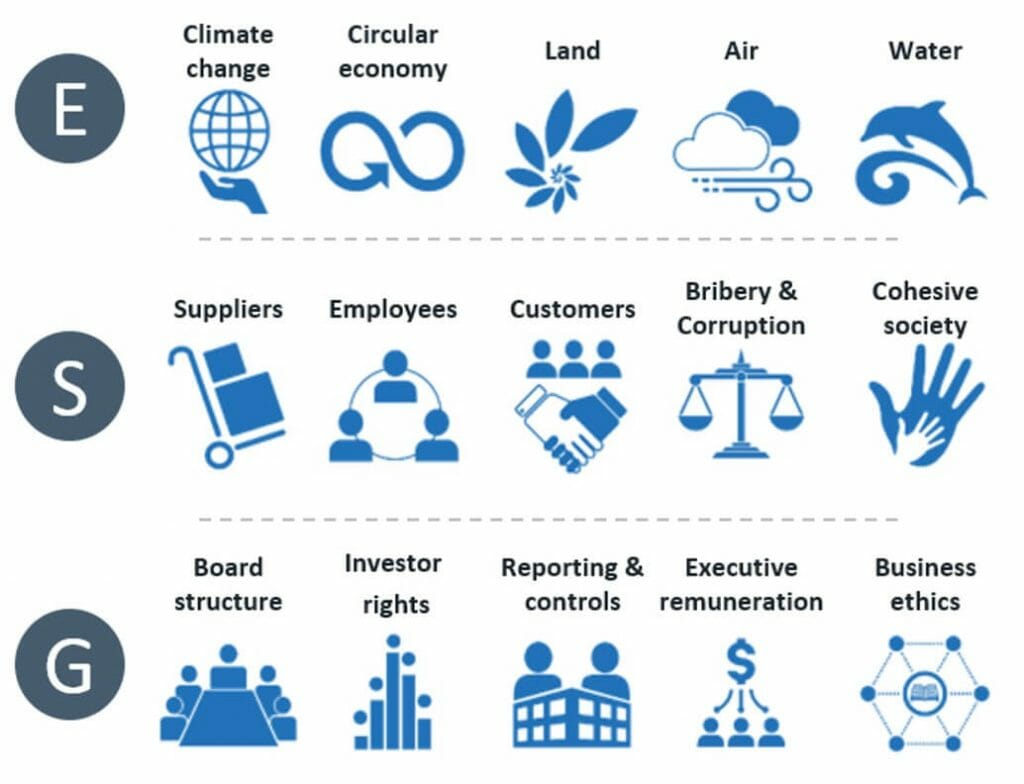The Sarasin range of model portfolios offer an all-in-one solution to asset allocation, fund selection and risk management, within a cost-effective service that provides value for money for your clients. While both the model portfolios and the responsible model portfolios aim to preserve and grow returns in a sustainable manner, the responsible portfolios are designed for investors who wish to set a higher threshold on ESG considerations. In this article, we take a look at one of the responsible model’s key investments – a position in the Sarasin Tomorrow’s World Multi-Asset strategy.
What is Sarasin & Partners approach to responsible investment?
At Sarasin & Partners, we consider ourselves responsible stewards of our clients’ assets. We know that many of the advisers we work with see themselves in the same way; they need not only to deliver best-in-class asset allocation solutions for their clients but also take care to ensure that their clients’ ESG preferences are considered. This is where a responsible managed solution can really help.
Our goal is to grow and protect our clients’ capital in a way that is aligned with a sustainable society. We achieve this through a global, thematic approach to investment that embeds rigorous environmental, social and governance analysis, a proactive ownership discipline which promotes sustainable behaviour in investee issuers, and a commitment to engage in the wider market place to press for changes that support sustainable growth.
How does the portfolio’s allocation to the tomorrow’s world strategy help meet these goals?
As a society, to address the many environmental challenges we face, we need to move towards sustainable patterns of producing and using goods and services.
As an investor, we have two ways of looking at this problem. Firstly, how can we invest in a way that protects your client’s portfolio from the sectors and companies that are most at risk? Looking at investment through this lens is what’s known as single materiality – the impact of climate change as a financial risk. Alternatively, you might ask how can we invest in a way that doesn’t cause harm and that actively contributes to creating a more sustainable world? This second view is a double materiality approach – the impact of an investment on climate change.
Our exposure to Tomorrow’s World helps investors to meet both those needs at the same time. It is a multi-asset strategy that invests in companies and institutions which set out to solve the problems of people and the planet profitably, while avoiding those that cause significant social or environmental harm.
What makes tomorrow’s world different to other responsible strategies on the market?
Many of us want to invest responsibly – one need only look at the vast number of ‘sustainable’ strategies on offer.
The problem is that there is as yet no gold standard for assessing the adverse impacts of a company on the world. Regulators have only just begun to require the measurement and publication of carbon emissions and other data, and it will likely take some time before all companies include these in their audited reports. Around 50% of companies publish carbon data, and of that, only about 9% is accurate, according to the Boston Consulting Group.1 We all like to see net-zero pledges but they only mean something if they are backed up by hard data.
What this means is that adverse impacts need to be measured in other ways, often relying on sources outside the company and making estimates based on detailed knowledge of the company’s production processes. Some investment managers rely on agency-supplied ESG scores, but these scores have become widely discredited due to a lack of analysis and research. There is no substitute for proprietary research conducted by investment managers, and this is where we believe our proprietary analysis sets us apart.
Tomorrow’s World invests using the thorough analysis and ideas from Sarasin’s thematic investment process, underpinned by comprehensive in-house ESG analysis, structured through the Sarasin Sustainability Impact Matrix (see Figure 1) – a system of over 160 detailed questions for each investment – to identify and exclude any company that scores a red traffic light on any of our five environmental or five social factors.
Figure 1 Sustainability Impact Matric (SIM)



As an asset manager with our own focused and embedded stewardship team, we have the resources to assess the sustainability of our portfolios independently without being reliant on external data providers, which often contradict one another when you look under the bonnet. We can also take the time to actively engage with companies on sustainability issues on behalf of our clients.
We also offer a robust level of detail on our portfolios with our ‘look-through’ reporting which means that clients can see their actual underlying exposures.
















